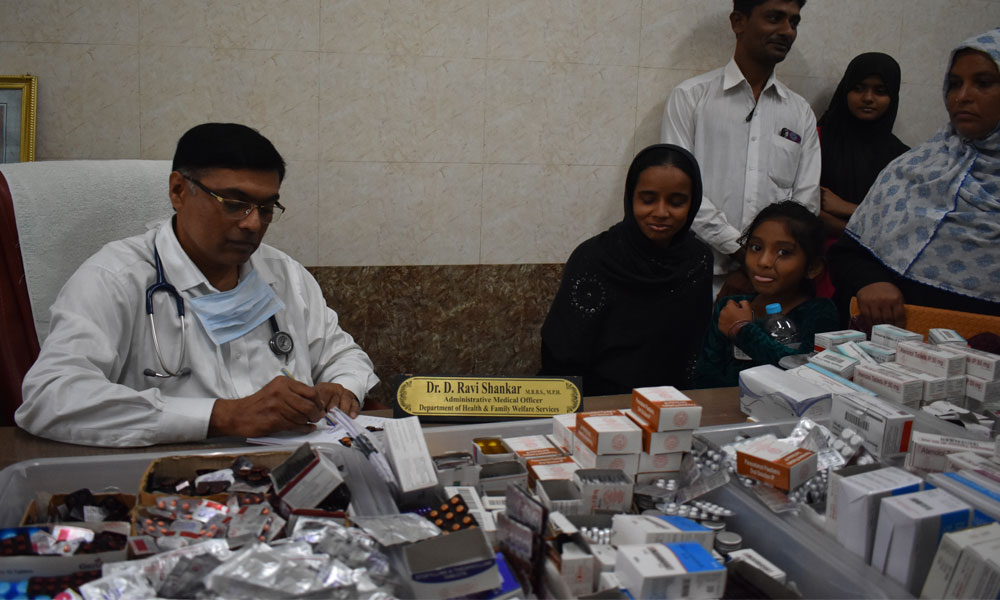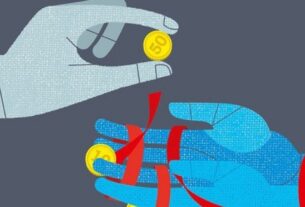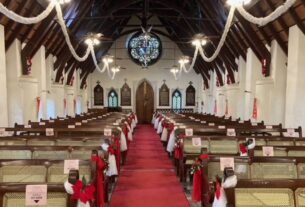Government hospitals in Bengaluru fail to give effective and timely treatment to patients due to lack of funds, resources and doctors.
Yamini Chincholi
Due to the lack of funds and resource availability in Government hospitals, patients choose to consult with private hospitals over public ones. At Primary Healthcare (PHC), Kanakamma (65) is getting treated for Chikungunya since two months. “I have seen no improvement in my health”, she said. “I have skin rashes for the past few weeks. The doctor was unsuccessful in diagnosing the problem even after three visits”, said K. Manjunatha, a patient from Baiyyanpalya Secondary treatment facility.
The Administrative Medical Officer at PHC, Konankunte said, “We need more doctors”. Dr Ravi Shankar said that the centre has the capacity to treat 50,000 people a year, but is catering to a population more than 1.5lac. “This is because ours is the only primary healthcare centre in four villages. We get patients from Vasantapura, Hennigepura, Konankunte and a few other places”, he said, “The number of Government hospitals should be in proportion to the population. Sometimes, one doctor is assigned to two PHCs”.
Patients flock in large numbers to Narayana Hrudayalaya (NH) a private hospital, for tertiary treatments like heart problems and brain injuries. Narayan Das, a BPL card holder consulted NH for his three-year-old son Gopalakrishna who had four holes in his heart. In this case of immediacy, despite being kept on a waiting list, Das stretched his means to meet ends, while he could have gotten the surgery done for free at Jayadeva government hospital.

Dr. A. S. Balasundar, West Zone Bangalore Health officer said that hospitals like Jayadeva don’t concur with a waitlist and doctors prioritise emergency cases. “BPL families can approach NGOs like Child Heart in cases of child heart problems” he added. The child’s body was purplish because his heart could not separate pure blood from impure blood. Gopalakrishna was moved up the waitlist and operated recently., said Triveni Das, the child’s mother.
“The funds allocated by the Government are sufficient for primary and secondary healthcare facilities, but the budget for tertiary treatments needs to increase”, said Dr Balasundar .
As per the 2018 report, India has only 4000 cardiologists. Also in 2018, a research established that India has approximately 1800 neurosurgeons for 1.27 billion people. The total number of Government MBBS seats through NEET exam for 2019 are 30,455. A report states that India’s doctor-patient ratio is 1:10189, when it should be 1:1000.
Both Dr A. S. Balasundar and Dr Ravi Shankar also reiterated that even though Government has provided substantial benefits in medical care, it is not proving efficient due to the fact that the number of cases is too many for the minimal number of registered doctors and hospitals to handle. “There is Ayushman Bharat, RBSK scheme, EFI, VAS and many others. But it is the choice and freedom of patients to go to any hospital they want”, said Dr A. S. Balasundar.
Dr Aishwarya S, a political analyst from Bangalore said “Ayushman scheme can be implemented better if the card is turned into a cash card that has Rs. 500,000, so that patients can avail the money to their convenience. In case of emergency, private hospitals should give flexibility to BPL card-holders to pay in instalments. Government should also let patients choose which hospitals they want to go to and not only those that adhere to schemes.”




